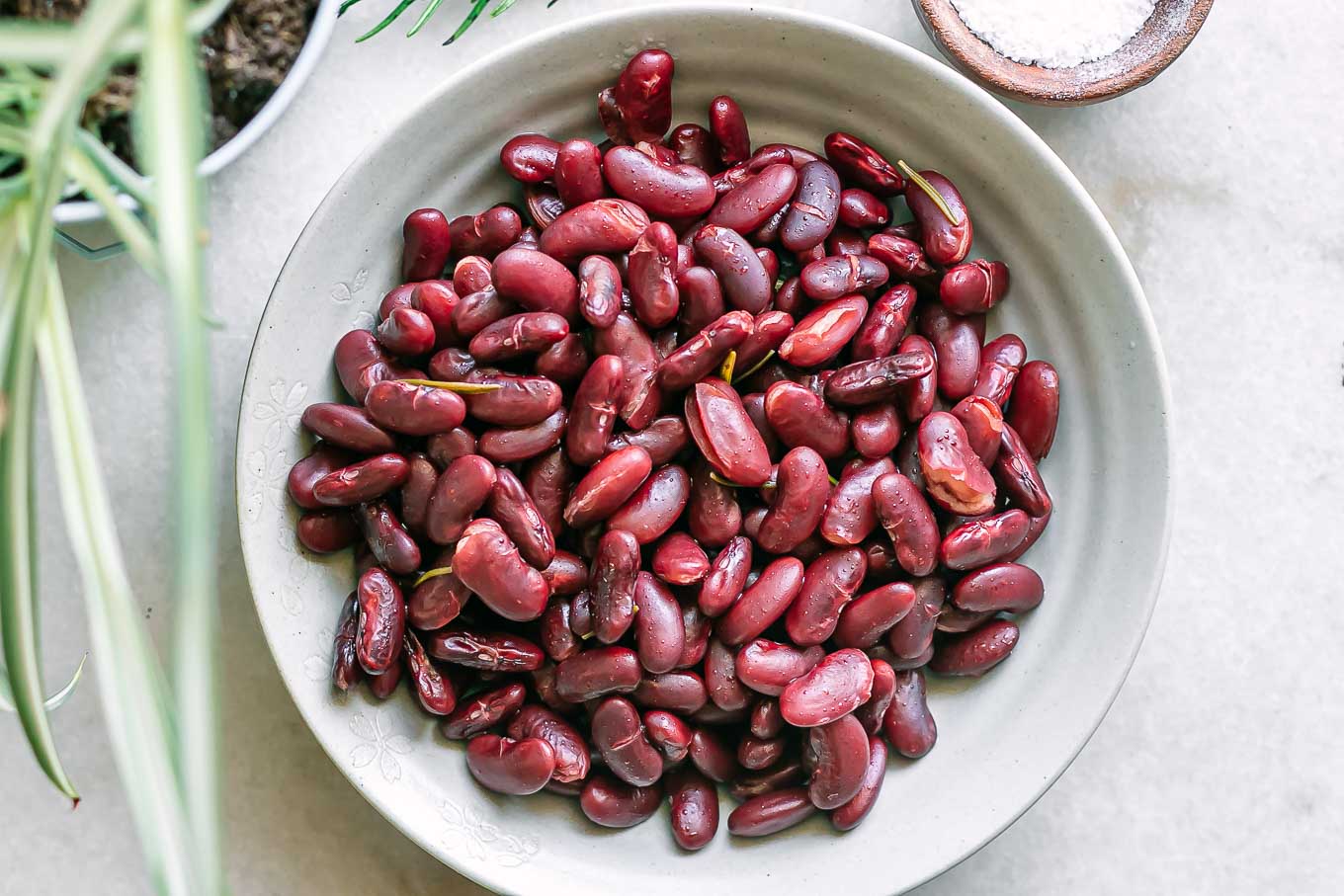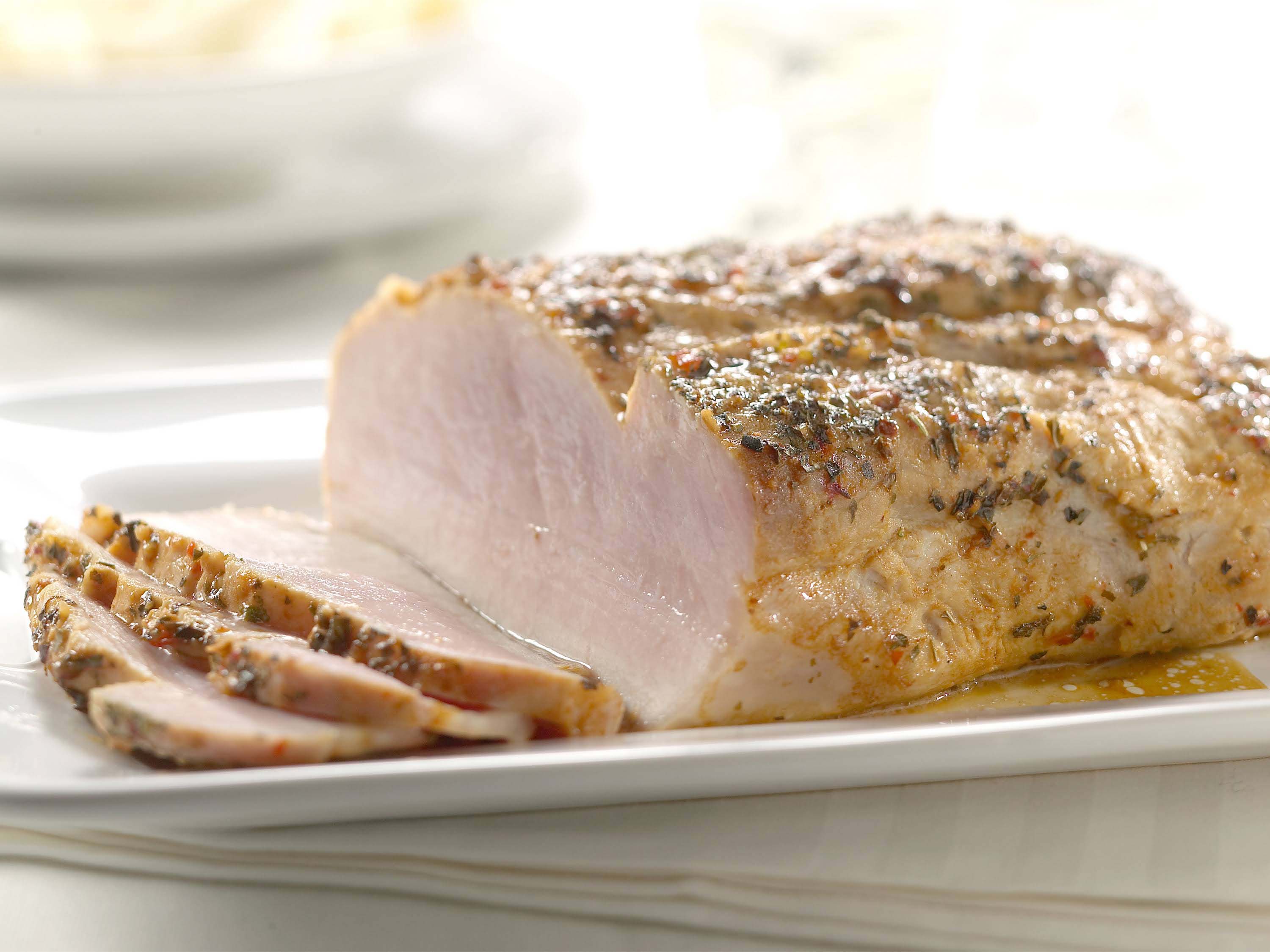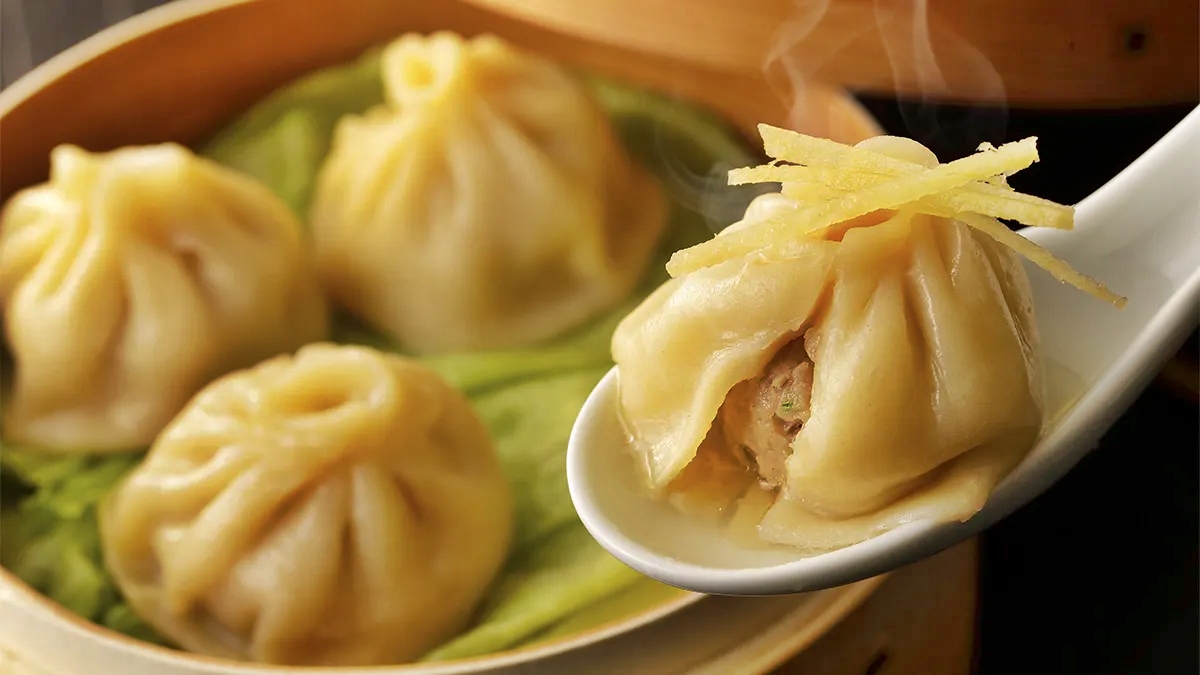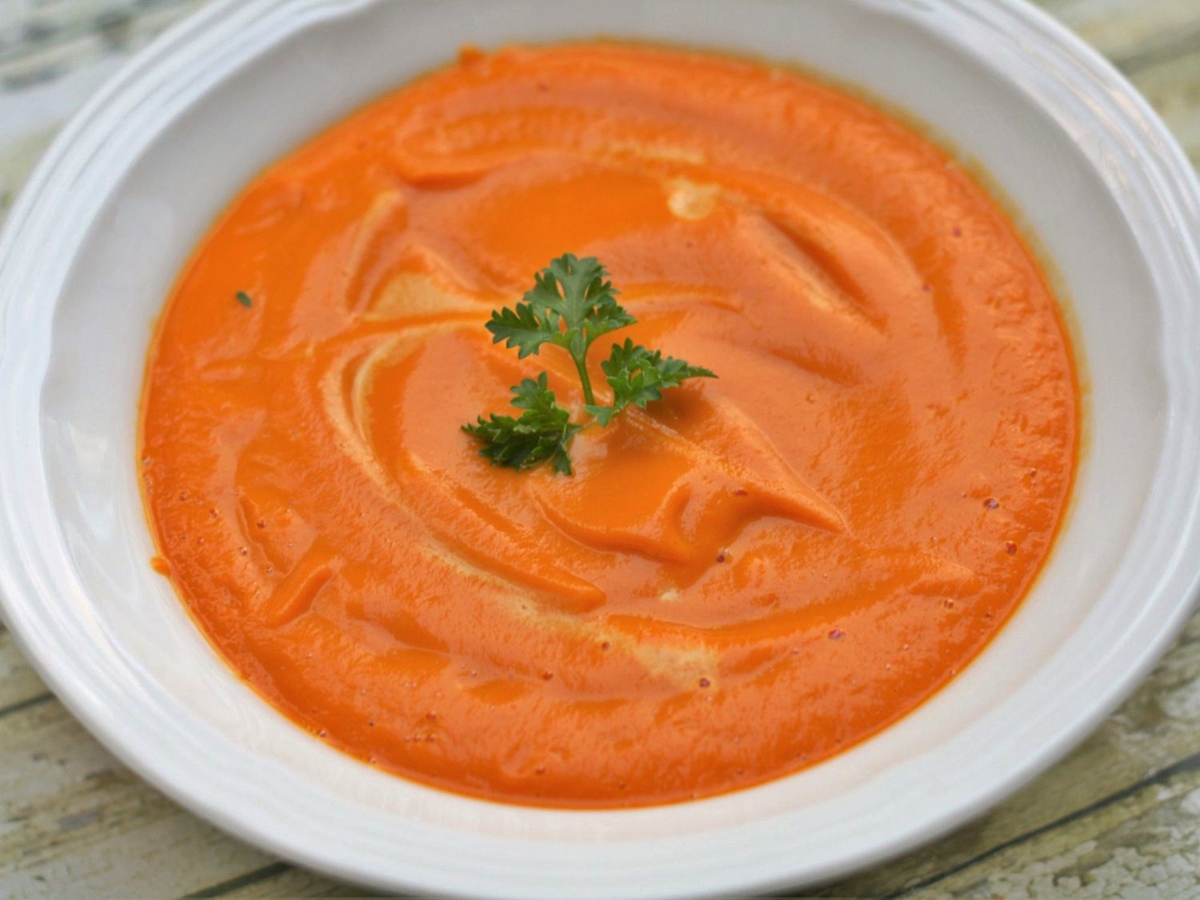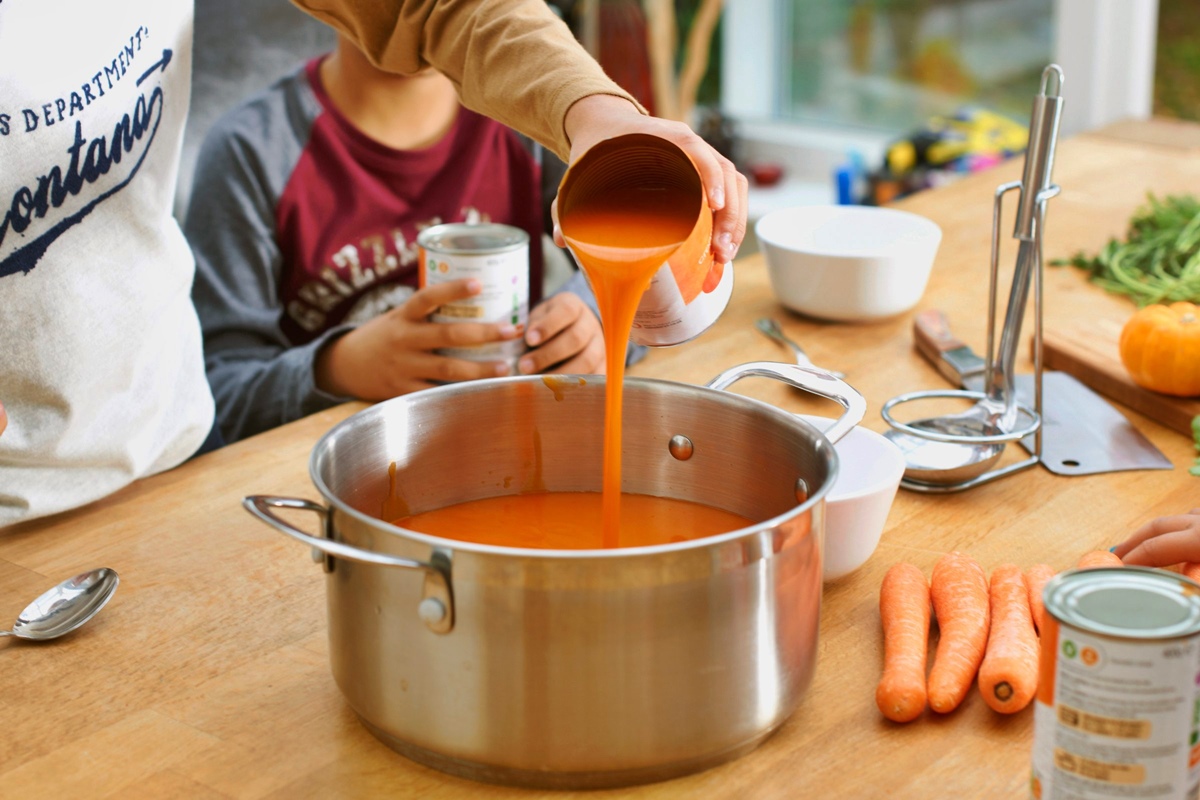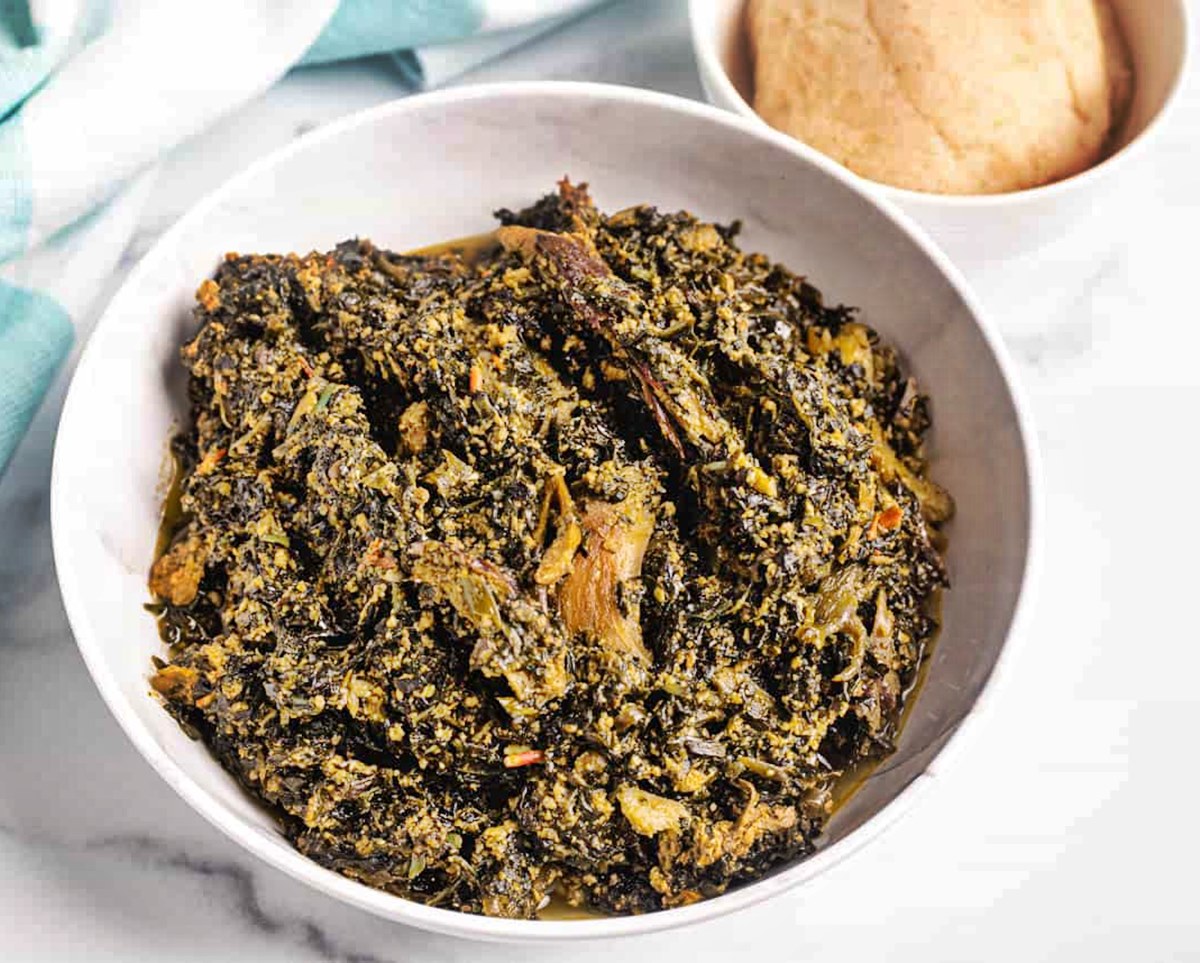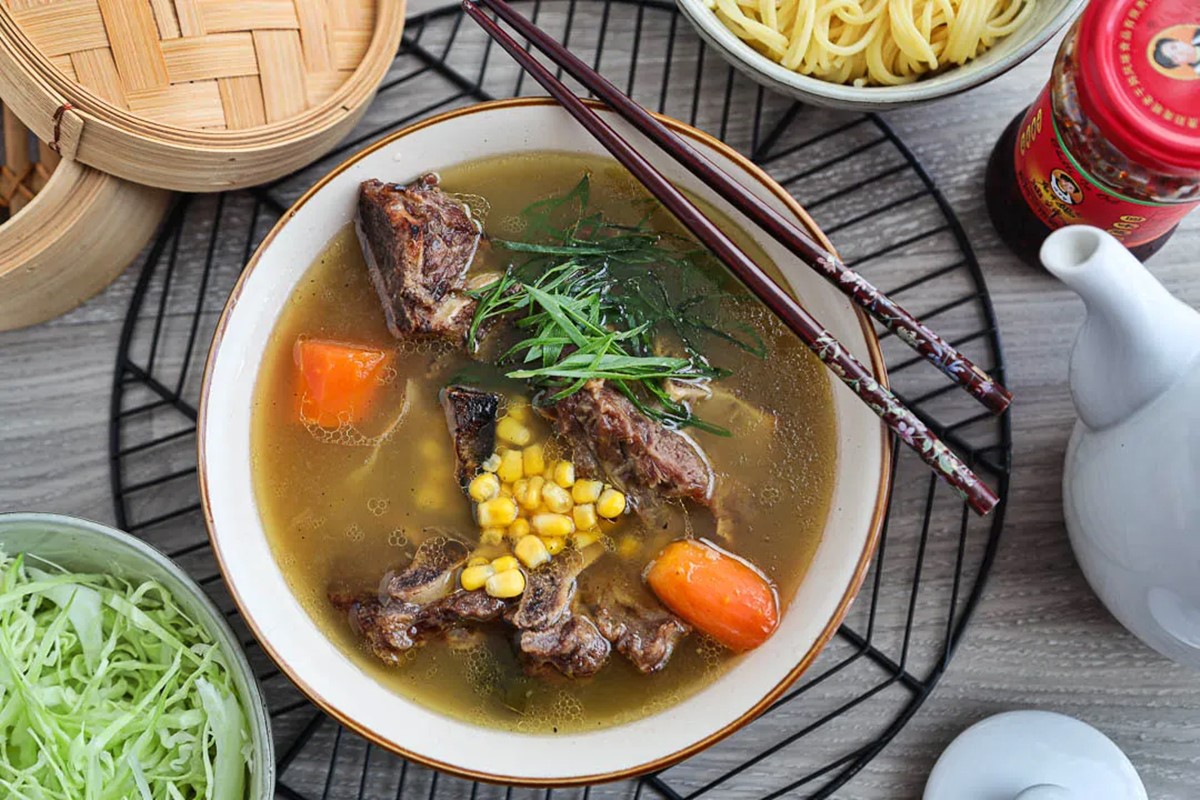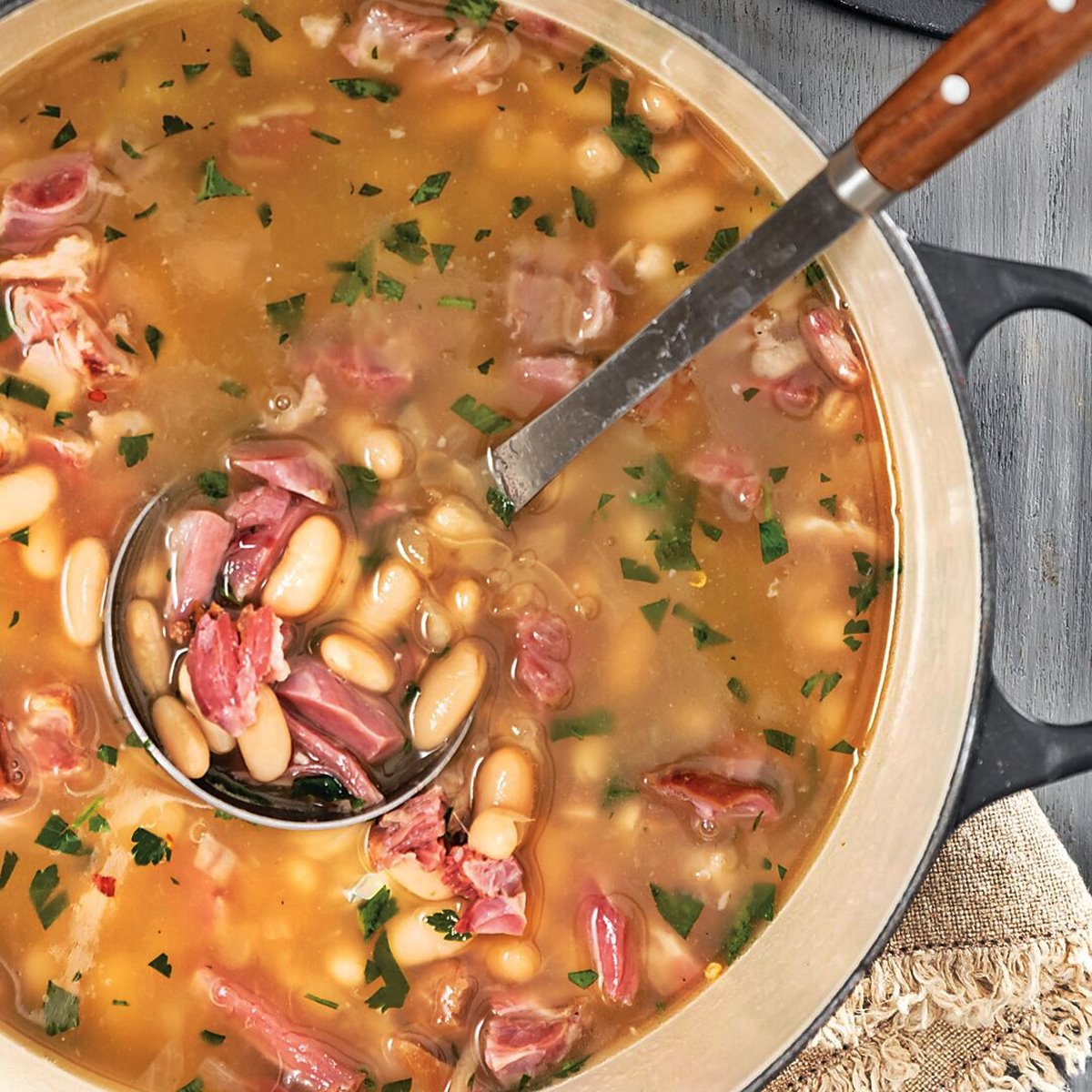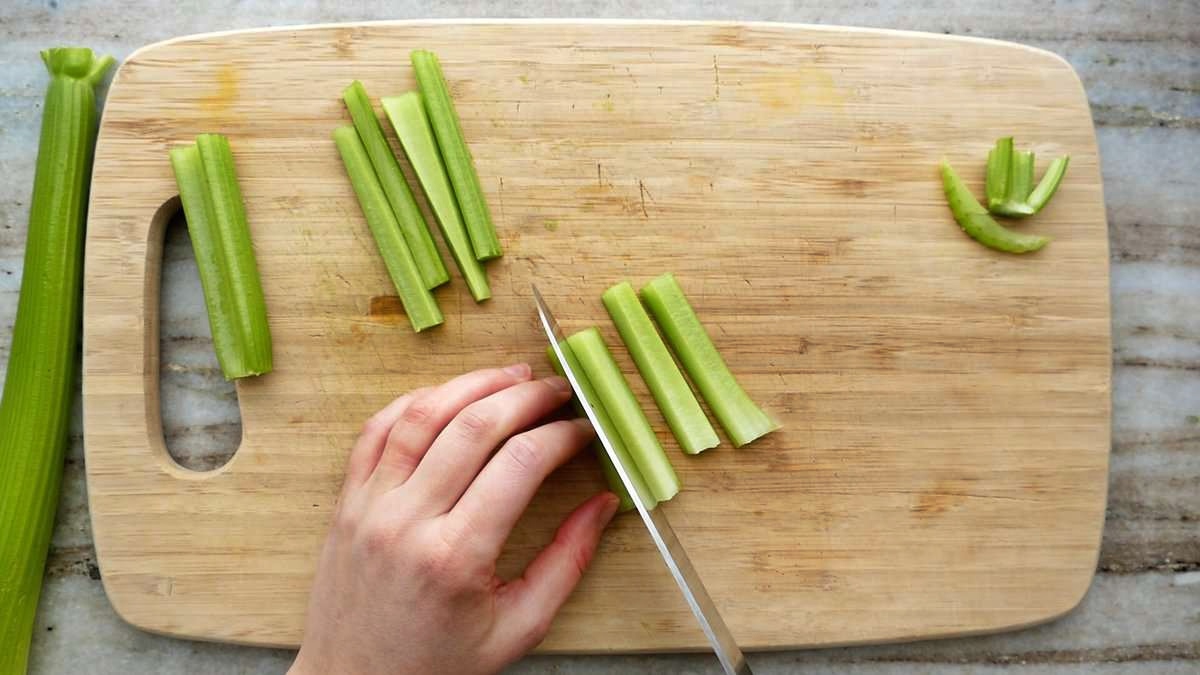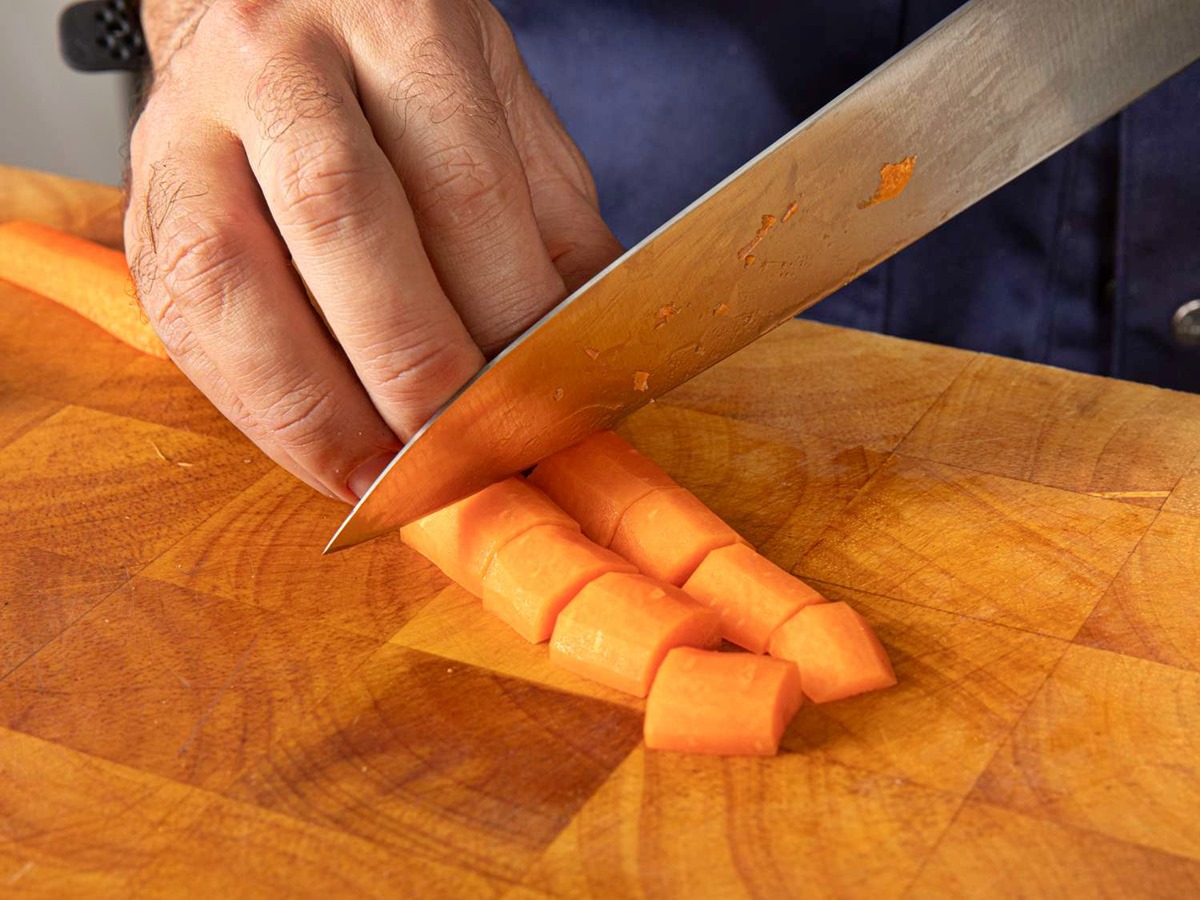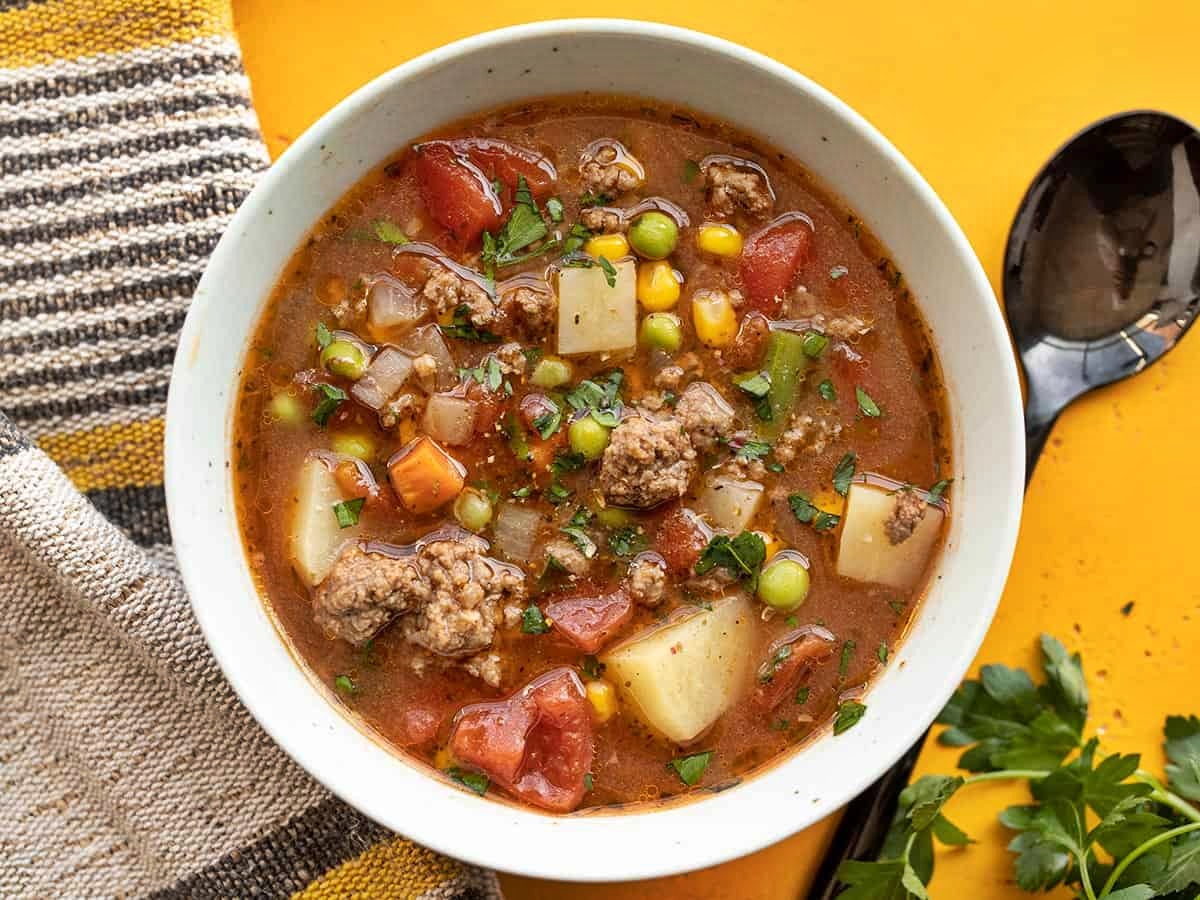How To Cook Kale For Soup: The Ultimate Guide
If you are a fan of healthy and comforting soups, then kale is an excellent addition to any recipe. Packed with essential nutrients and a plethora of health benefits, kale can transform an ordinary soup into a superfood powerhouse. In this guide, we will walk you through the steps to cook kale for soup, ensuring that you retain its vibrant color, crisp texture, and maximum nutrition. So let’s dive right in!
1. Selecting and Preparing Fresh Kale
To start your kale soup journey, it is important to choose fresh and high-quality kale. Look for kale leaves that are dark green in color, with no signs of wilting or yellowing. Organic kale is preferred for its superior flavor and reduced exposure to pesticides.
- Wash the kale thoroughly under running water to remove any dirt or impurities.
- Remove the tough center ribs by gently pulling the leaves off or using a knife.
- Tear or chop the kale leaves into bite-sized pieces.
2. Sautéing the Kale
Sautéing the kale before adding it to your soup enhances its flavor and helps to maintain its texture.
- In a large pot or skillet, heat olive oil over medium heat.
- Add minced garlic and sauté for a minute until fragrant.
- Add the prepared kale and toss it in the oil until it wilts slightly, usually 2-3 minutes.
- Season with salt and pepper to taste.
3. Adding Kale to the Soup
Now that your kale is lightly sautéed, it’s time to incorporate it into your favorite soup recipe.
- Choose a soup base, such as chicken broth, vegetable broth, or tomato soup.
- Bring the soup base to a boil, then reduce to a simmer.
- Add the sautéed kale to the simmering soup and let it cook for about 10-15 minutes.
- Adjust the seasoning by adding herbs, spices, or other vegetables according to your taste.
4. Finishing Touches
Once your kale soup is cooked, it’s time to add some finishing touches that will elevate its taste and presentation.
- Squeeze fresh lemon juice into the soup to brighten the flavors.
- Consider garnishing with grated Parmesan cheese, croutons, or a dollop of Greek yogurt.
- Serve hot and enjoy the wholesome goodness of your kale soup!
Now that you know how to cook kale for soup, the possibilities are endless. Experiment with different combinations of ingredients, spices, and herbs to create your own signature kale soup recipe. Remember to have fun, embrace your creativity, and make this nutrient-packed leafy green a staple in your soup repertoire. Happy cooking!
For those eager to perfect their kale soup cooking skills, there are several recipes worth trying. Start with the Creamy Kale and Potato Soup for a comforting, rich experience that's perfect for cold days. If you're in the mood for something classic, the Classic Tuscan Kale and White Bean Soup offers a traditional taste of Italy. For a protein-packed option, the Hearty Chicken and Kale Soup is an excellent choice. Vegetarians will love the Vegetarian Lentil and Kale Stew, a nutritious and filling meal. For a bit of spice, try the Spicy Sausage, Potato, and Kale Soup. Each of these recipes not only highlights the versatility of kale but also ensures a delicious and satisfying meal.
Was this page helpful?
Read Next: How To Cook Mushrooms For Soup
